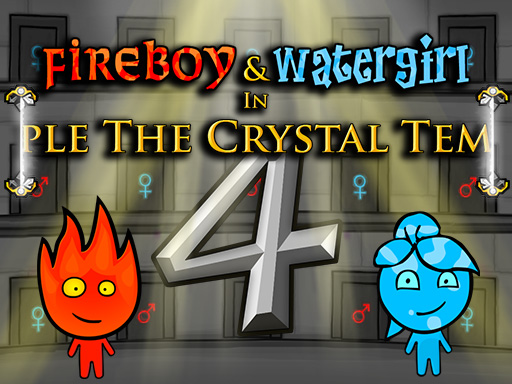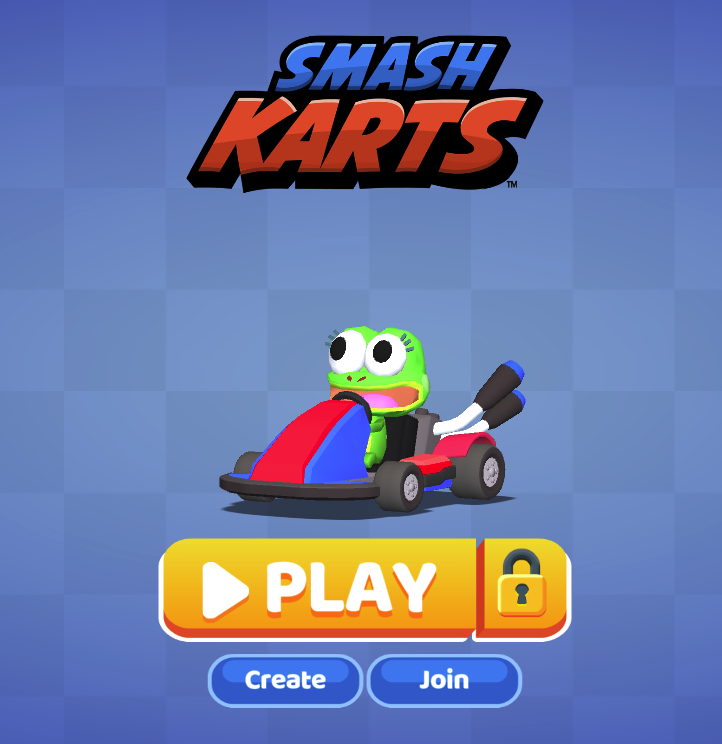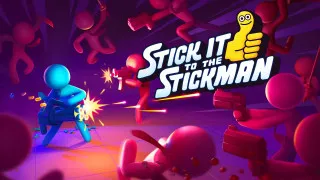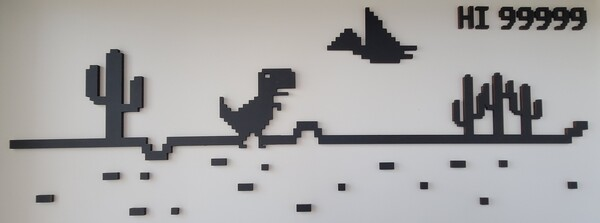Play Speed Stars — find your race rhythm now
Keep exploring
Keep the momentum going with more arena racers, action trials, and puzzle standouts.

Take Care of Your Own Shadow Milk

Slope Rider

Level Devil

Fireboy and Watergirl: Crystal Temple

Smash Karts

Drift Hunters

Stick It to the Stickman

Sort the Court!

Pips NYT

Dino Game
What is Speed Stars?
Lock into the beat, explode off the blocks
Speed Stars transforms classic track-and-field into a timing-first challenge where rhythm is your fuel. Instead of mashing keys at random, you learn to pulse inputs like a metronome, feeling acceleration build as your stride stabilizes. Smooth, even taps translate into crisp steps, and every clean sequence carries you down the straight with momentum that you can hear as much as you can see. Because Speed Stars is built around cadence rather than complex combos, it welcomes quick sessions while still rewarding mastery that grows across hundreds of attempts.
Cadence over chaos
At the heart of Speed Stars sits a deceptively simple loop: alternate inputs on the beat. The moment you drift off-tempo, your runner stumbles, splashing energy with every mistimed step. When the taps align, your avatar flows—knees cycle, spikes bite, and the track blurs. This design lets anyone try a 100m within seconds yet keeps veterans chasing microscopic improvements. The difference between a personal best and an average run is a handful of frames, and Speed Stars turns those frames into a playground.
Because pacing matters, you’ll learn how straightaways and curves demand slightly different tempos. The game teaches you to ease pressure before a bend, then surge again when the line opens. That feedback loop—listen, adjust, accelerate—makes Speed Stars feel closer to a rhythm performance than a racer, and that’s where its addiction lies.
Events that amplify the rhythm
The 100m event in Speed Stars is a purist’s dream: pure launch, pure tempo, pure finish. You’ll study the opening drive phase, where faster but slightly heavier taps generate the push to rise tall by 30 meters. Then you chase the smooth middle segment, where short, even pulses keep speed without wasting stamina. Finally, the last 20 meters become a test of nerves, not fingers, because Speed Stars punishes panic with tiny tempo slips that cost a race in an instant.
Longer distances expand the vocabulary. In 400m and 800m races, Speed Stars introduces stamina dynamics you can feel. Your cadence becomes a resource, not just an input stream. You’ll practice negative splits, throttle back before curves, and store a final kick for home. Each lap becomes a mini story of restraint and release, and Speed Stars makes that story readable through sound, animation, and subtle UI nudges.
Hurdles and relays raise the ceiling
Hurdle events layer a precision jump on top of your stride. You keep the same alternating rhythm, but now you add a lift right before the barrier. Hit it early and you clip, late and you land heavy. Time it correctly and you skim the top, never breaking cadence. Because Speed Stars cares about flow, the best hurdle runs look like a straight line drawn over obstacles—clean, confident, continuous. That sensation of clearing while barely changing your beat is one of the most satisfying payoffs in the entire game.
Relays push your focus from individual tempo to team synchronization. In Speed Stars, a handoff is its own rhythm mini-game: your outgoing runner must match the incoming speed, then make a transfer with a well-timed input burst. Perfect exchanges feel electric—momentum barely dips, the track rushes past, and your split clock thanks you. Sloppy baton work, by contrast, instantly teaches respect for timing discipline. As you improve, Speed Stars turns the relay zone into a highlight reel moment, where hard practice shows up in tenths shaved from aggregate time.
Ghost races, leaderboards, and iteration
Competition in Speed Stars thrives on instant feedback. Ghost opponents mirror your best runs or benchmark targets, making every attempt a lesson. You don’t just read that you’re behind at 60 meters—you see the ghost half a step ahead and feel why: a tiny wobble off the beat, a rushed hurdle, an overeager surge into a curve. Chasing that silhouette becomes a daily ritual, the kind of quick, satisfying loop that keeps Speed Stars pinned in your browser tab.
Leaderboards complete the arc. The game’s short event length encourages dozens of tries in a single session. Because each attempt is over quickly, failure never stings for long, and the temptation to run it back is irresistible. This is where Speed Stars shines as an arcade-like trainer: you can jump in for two minutes, refine one split, and log out with a microscopic improvement that still feels huge.
Learning curve that rewards feel
Unlike games that front-load mastery with memorized routes or dense control maps, Speed Stars keeps the barrier low while deepening the ceiling. You don’t grind for new gear to get faster; you learn to read your own rhythm. Players talk about entering a “flow tunnel,” where outside distractions fade and the only thing that exists is the steady alternation of inputs. That trance is where Speed Stars becomes more than a minigame—it becomes a personal metronome you calibrate through repetition.
As the hours accumulate, you’ll notice that your improvements move from seconds to tenths to hundredths. This is normal—and thrilling—because Speed Stars lets you experience the exact journey real sprinters chase: early leaps in progress, then the patient hunt for fractional gains. Each new personal best validates the craft you’re developing, and Speed Stars makes the craft legible, audible, and sharable.
Tips for shaving time today
First, practice launches. In Speed Stars, the opening burst sets your entire run’s ceiling. Visualize a short, rapid cadence that lengthens as you rise to top speed. Second, embrace micro-rests on curves in longer races. A tiny cadence relaxation pays back double when you re-accelerate on the straight. Third, in hurdles, think glide not hop. Your goal in Speed Stars is to keep the metronome unbroken; the barrier is a blip, not a pause. Fourth, in relays, rehearse matching speed before entering the exchange zone. The baton should feel like a continuation of stride—not a separate event.
Finally, use ghosts intentionally. Pick a run just faster than your PB so the gap is educational, not demoralizing. Watch where the ghost inches away and isolate that segment for targeted practice. Because Speed Stars serves attempts in bite-size portions, a focused five-minute drill can yield more than an unfocused hour.
Why it clicks for so many players
Accessibility, immediacy, and clarity explain the pull. Speed Stars has inputs anyone can grasp in seconds. It delivers clean, readable feedback with every mistake and every success. It compresses the gap between intention and outcome into a musical loop that’s satisfying on its own. Whether you have two minutes while a page loads or half an hour to grind, Speed Stars respects your time by turning every attempt into progress you can feel.
If you enjoy games where practice imprints on your hands, where tiny adjustments produce measurable gains, and where the pursuit of smoothness becomes its own reward, Speed Stars belongs in your rotation. It’s the rare browser experience that teaches you something about rhythm, focus, and patience while still letting you celebrate with a photo-finish kick. Lace up, set the metronome in your head, and let Speed Stars show you how far a perfect cadence can carry you.
Play Speed Stars — find your race rhythm now is ready to play
Sprint, hurdle, and relay with beat-perfect taps. Master cadence, nail handoffs, chase ghosts, and climb leaderboards in Speed Stars for quick, competitive track action.
Share Play Speed Stars — find your race rhythm now
Spread the word, invite friends, or bookmark this page to revisit the story whenever you need it.